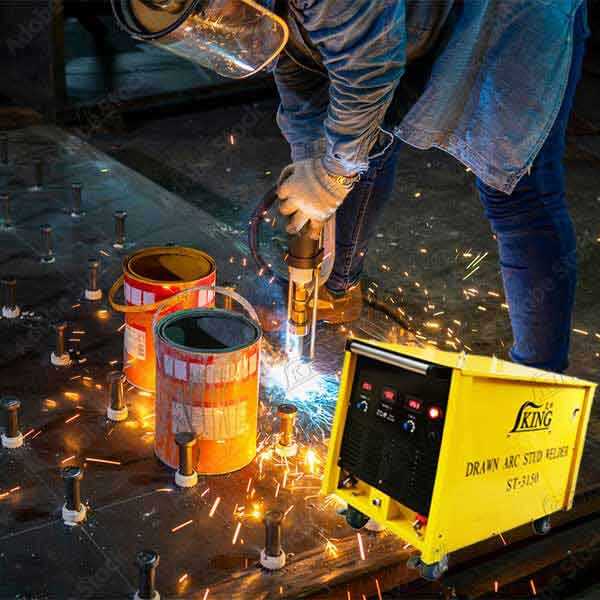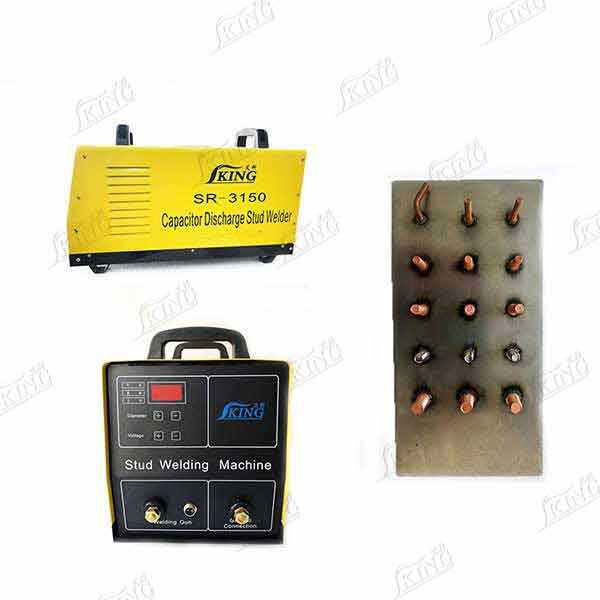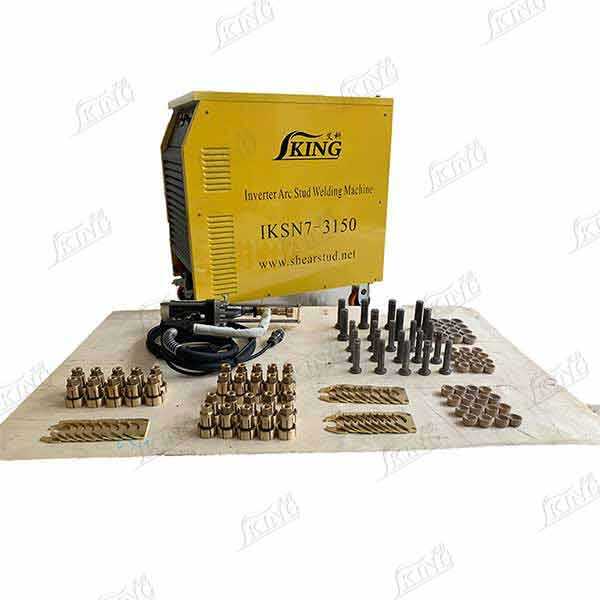لحام المسمار المتصل بالمقص
تُعد لحام مثبتات الموصل القصي عملية صناعية متقدمة تلعب دورًا حيويًا في البناء المركب والهندسة الإنشائية. تتضمن هذه التقنية المتقدمة للحام التثبيت الآلي لمثبتات فولاذية على الأسطح المعدنية، وخصوصًا العوارض أو الصفائح الفولاذية، لإنشاء وصلات ميكانيكية قوية تعزز السلامة الإنشائية. تعتمد العملية على تقنية لحام المسمار بقوس كهربائي، حيث يُكوَّن قوس كهربائي بركة من المعدن المنصهر على المادة الأساسية، ثم يتم إدخال المسمار بسرعة في هذه البركة، مشكّلًا لحامًا كامل الانصهار عند التبريد. تُعد هذه الموصلات عناصر أساسية في الهياكل المركبة، لا سيما في المباني والجسور، حيث تسهم في نقل قوى القص الأفقية بين العوارض الفولاذية والأرضيات الخرسانية بشكل فعّال. تدمج هذه التقنية تحكمات دقيقة في التوقيت وآليات أتمتة لضمان جودة اللحام المستمرة وقوة الالتصاق المثلى. تتميز أنظمة اللحام الحديثة للمثبتات القصية بإمكانيات رصد متقدمة، تتيح ضبط الجودة في الوقت الفعلي وتوثيق كل لحام. وقد أصبحت هذه العملية لا غنى عنها في البناء المعاصر، حيث توفر طريقة موثوقة لإنشاء وصلات قوية ومتينة تفي بالمتطلبات الهندسية الصارمة ومعايير البناء الدولية.


